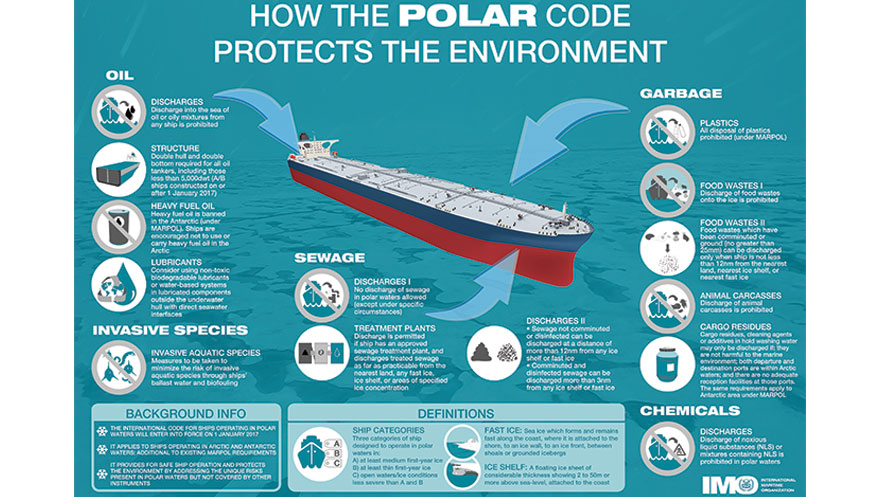IMO Secretary-General Kitack Lim spoke on 23 January 2017 to delegates at the Arctic Frontiers conference about new regulations for ships operating in polar waters.
With more and more ships navigating in polar waters, IMO has addressed international concern about the protection of the polar environment and the safety of seafarers and passengers with the introduction of the Polar Code, which entered into force on 1 January this year.
The Polar Code sets out mandatory standards that cover the full range of design, construction, equipment, operational, training and environmental protection matters that apply to ships operating in the waters surrounding the two poles. Mr Lim told the conference, in Tromsø, Norway, that the Polar Code is the single most important initiative to establish appropriate safety and environmental regulation for polar shipping.
In contrast with Canada's Arctic Shipping Pollution Prevention Regulations and Russia's Rules for the Northern Sea Route - both long established within national statutes - the U.S. has lacked any special polar ship rules and regulations to govern marine operations in its maritime Arctic. This situation will change quickly as the U.S. Coast Guard begins to implement and enforce the many elements of the Polar Code during a two-year, phased application to ships sailing on international voyages in Alaska's polar waters. Meanwhile, Canada and Russia are engaged in merging their national regulations with the Polar Code while Denmark and Norway are taking measures to implement the Code in their Arctic waters.





